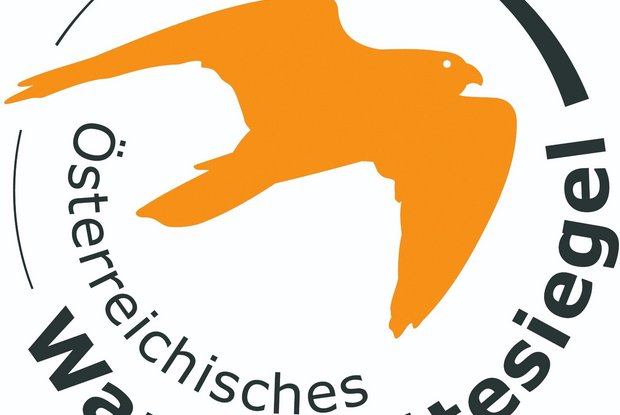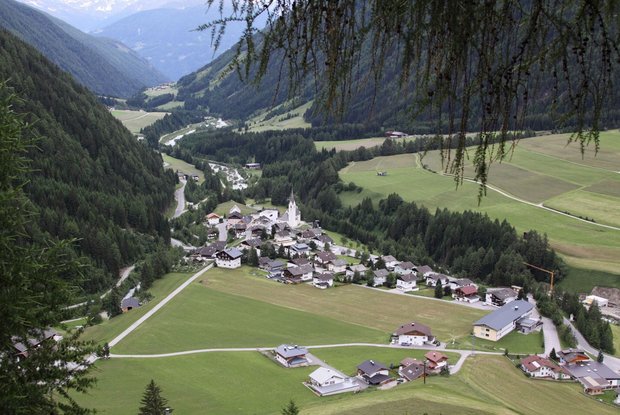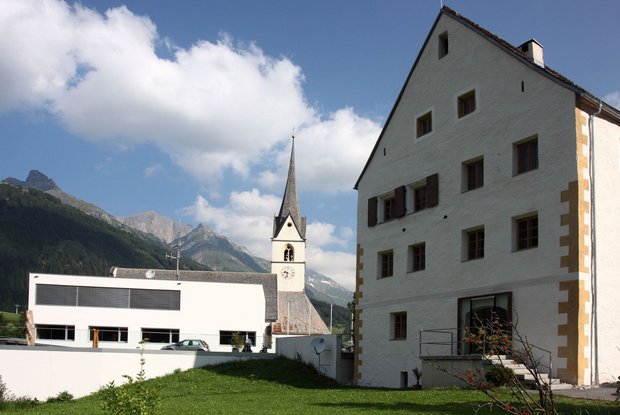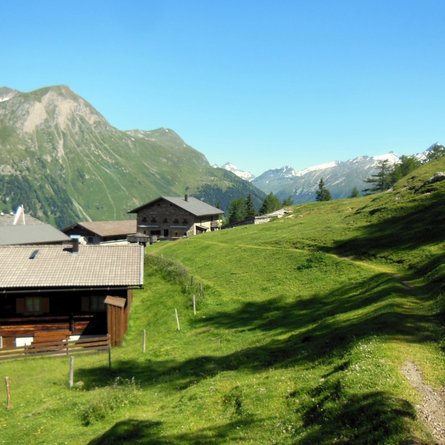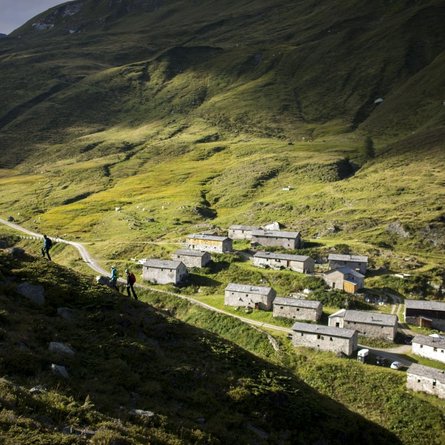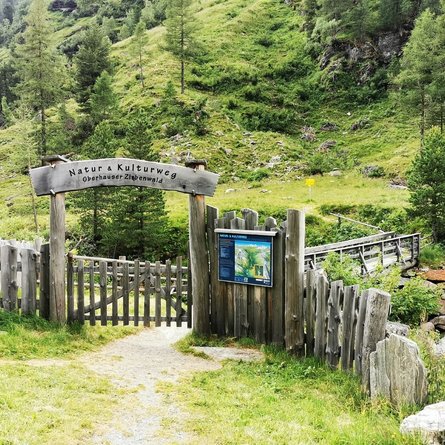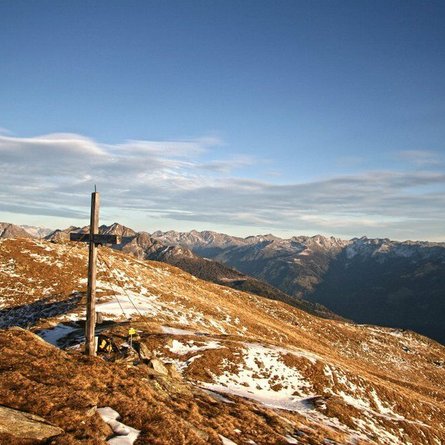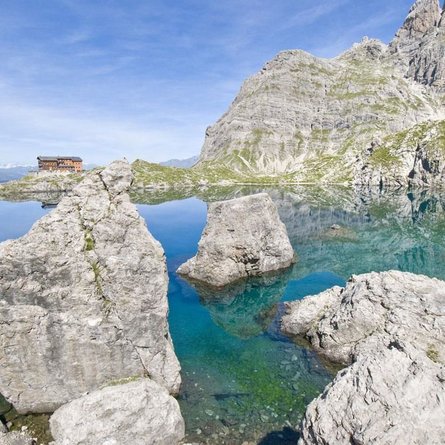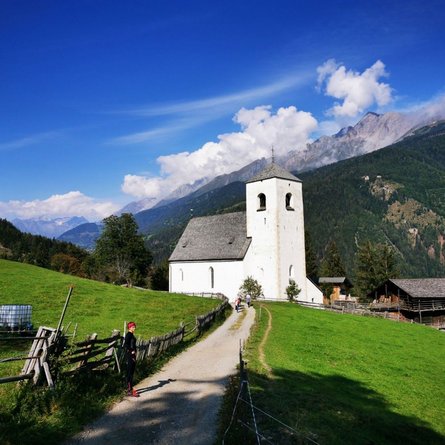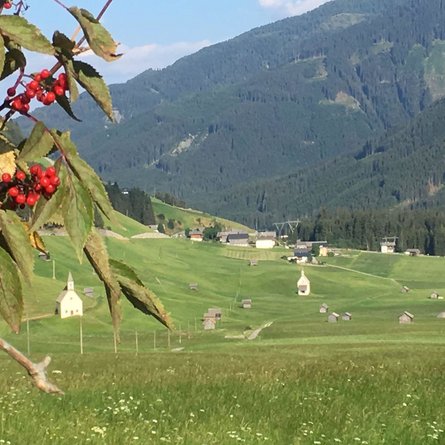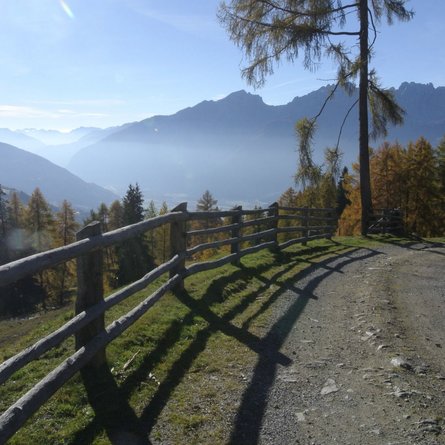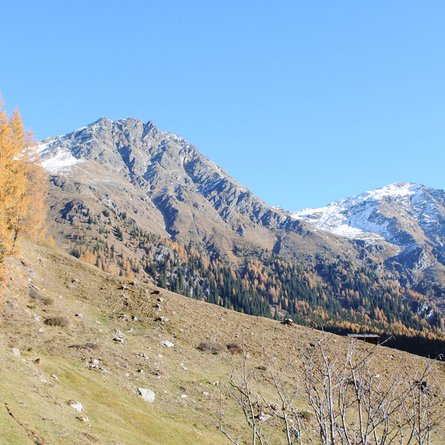Kals am Großglockner was first mentioned in a document in 1197 with its own parish. The centre, called Ködnitz, is dominated by the parish church of St. Rupert, originally a Gothic building consecrated in 1439. Surrounded by the graveyard wall, with the modern funeral chapel, the Glockner memorial and the urn graves. The adjoining church square is characterised by the late Gothic, castle-like Widum, under the steep pitched roof from 1481, the modern Glocknerhaus and the newly built "de calce" community centre. The cultural centre with the Johann-Stüdl-Hall, completed in 2014, completes the philosophy of integrating contemporary architecture into established structures. Johann Stüdl was a great promoter of Kals as a historic mountaineering village, founded the first mountain guide association in the Eastern Alps here in 1969 and was made an honorary citizen of the municipality in 1870.
In the Glor district, at the Glorer Kreuz cross, there is a memorial to the tragic accident of three children who fell victim to a bombing in 1945. Below the school building in Kals, directly on the main road, there is a wayside shrine from the 17th century with the four evangelists, commemorating the last plague epidemic of 1636. Opposite, standing alone in the village fields, you can see one of the oldest churches in East Tyrol, St George's Church. Legend tells of a place of worship, a sacrificial site on meadowland without a settlement. However, old writings document the consecration of the Romanesque sanctuary around 1366.
